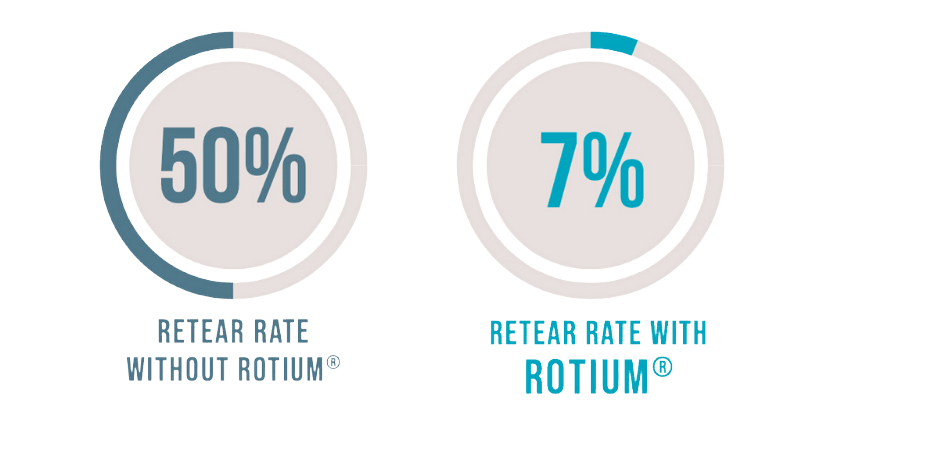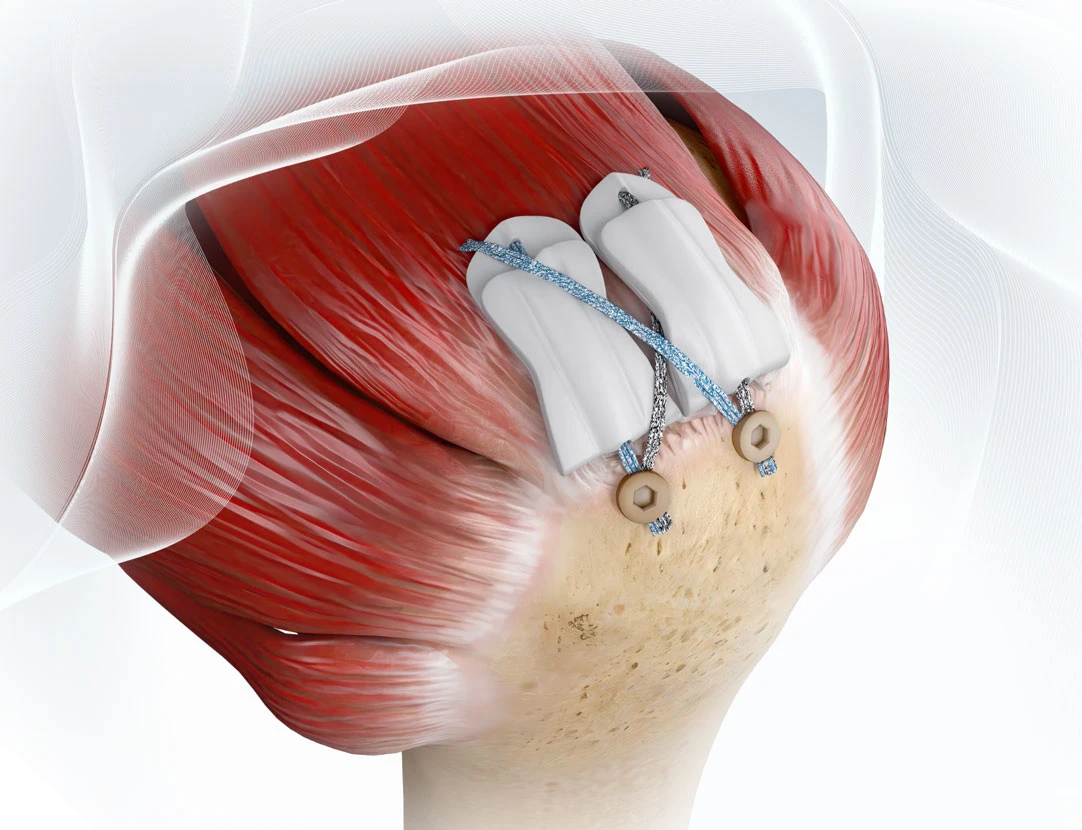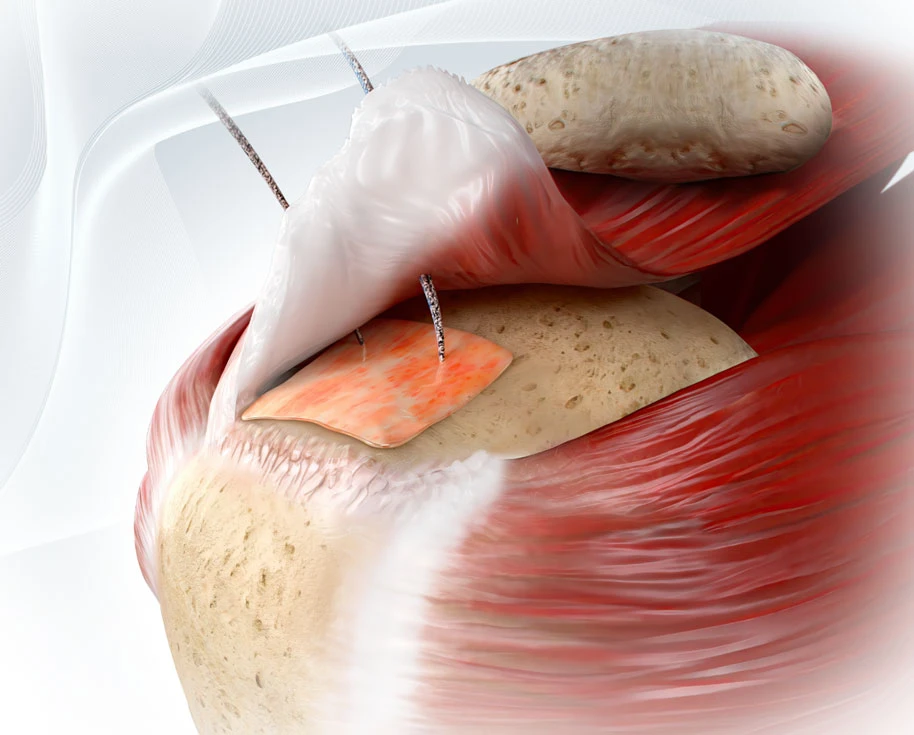BioCharge and the Shift Toward Biologic Healing

BioCharge®, Atreon Orthopedics’ onlay scaffold for rotator cuff repair, is designed to enhance healing on the bursal surface of the tendon by deterring suture cut-through and supporting tissue quality. With an integrated delivery system and synthetic, bioresorbable composition, BioCharge represents a new class of simplified biologic augmentation. As Dr. Shariff K. Bishai, one of the orthopedic surgeons involved in the BioCharge development, recently stated: “Synthetic scaffolds like BioCharge are giving surgeons new ways to capture local biology and support tendon healing without added complexity in the OR.”
A Turning Point for Rotator Cuff Augmentation?
A recent BoneZone feature has amplified the conversation around biologic augmentation in rotator cuff repair. The article explores how bioresorbable scaffolds can reduce re-tear rates and improve healing. It highlights the role of a new synthetic implant called BioCharge®, which is designed to reinforce the tendon-suture interface and deter suture cut-through while supporting tissue remodeling. The implant’s built-in delivery system makes it highly efficient for augmentation, compared to other technologies with cumbersome instrumentation. This emphasis reflects the increasing adoption of scaffold technologies to address biological failure points during repair.
Understanding the Study Behind the Story

The peer-reviewed clinical study referenced in the BoneZone article tracked outcomes in 84 patients undergoing rotator cuff repair with and without Atreon Orthopedics’ interpositional scaffold, ROTIUM®. Those who received the ROTIUM® scaffold had a significantly lower failure rate (7.1%) compared to those who did not (50%) over a 17-month average follow-up. Published in J of Orthopaedic Experience and Innovation (2023), the study points to the long-term potential for improving rotator cuff repair outcomes, demonstrating statistically significant difference in rotator cuff healing using radiographic evidence.
What Makes the Technology Different
Atreon’s platform technology is engineered with electrospun nanofibers that mimic the body’s extracellular matrix to support biologic healing by wicking and retaining autologous biologics. Both BioCharge® and ROTIUM® are designed with this unique material. ROTIUM® is not an onlay or even a patch; it’s an interpositional scaffold wick designed to be placed directly at the repair site at the tendon-bone interface. The implants are 100% synthetic, fully bioresorbable (3-4 months), and cleared by the FDA for use across multiple tendon repair applications—including rotator cuff, Achilles tendon, gluteus medius, and both patellar and quadriceps tendon repairs in the knee.
A Sign of the Field’s Evolution
The BoneZone feature underscores a growing recognition among orthopedic surgeons: successful tendon repair outcomes depend not just on mechanical fixation, but also on creating the right biologic environment for healing. Both ROTIUM® and BioCharge®’s designs and clinical backing make them standout solutions in this space.
Want to Learn More?
- Learn more about ROTIUM® and BioCharge®
- Contact Atreon for a meeting with a rep
- Check out the article on BoneZone Pub


